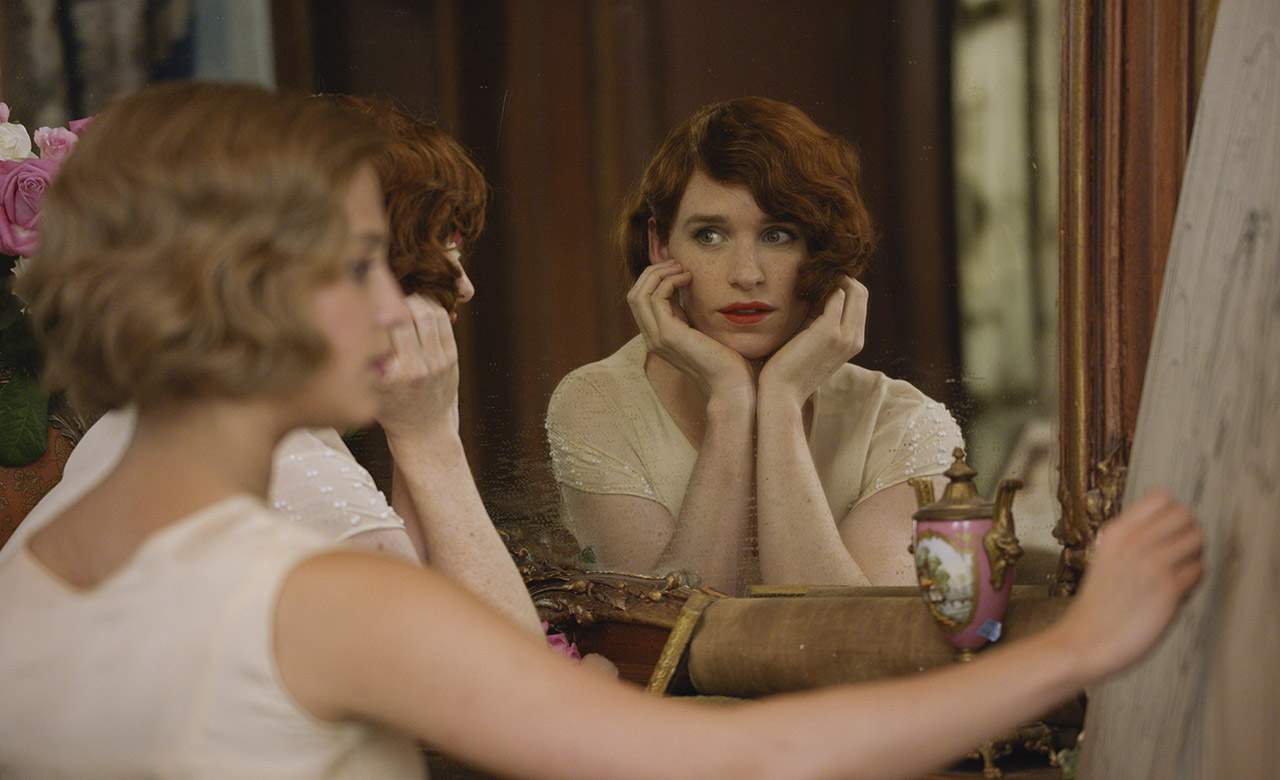The Danish Girl
This transgender melodrama has good intentions, but is critically lacking in depth.
Overview
The awkwardness and clumsiness when two incongruous elements come together — that's The Danish Girl in a nutshell. The film tells the true tale of Lili Elbe, previously Einar Wegener, the transgender woman who became one of the first identified recipients of gender reassignment surgery, and is brought to the screen by The King's Speech and Les Misérables director Tom Hooper. Unfortunately, the importance of the former is overpowered by the prestige film sensibilities of the latter.
That's not to say that Hooper doesn't realise the weight of the tale he's telling, nor that writer Lucinda Coxon's screenplay — based upon David Ebershoff's fictionalised novel of the same name — doesn't endeavour to do justice to Lili's story. The tone is always earnest, with the film looking lovingly and acceptingly at its central figure. Alas, any good intentions come across as laboured and overdone, packaged up a little too nicely and neatly in order to fit the Hollywood mould.
The Danish Girl opts for a restrained approach, designed to carefully bring rarely seen subject matter into mainstream cinema. That's immediately apparent in the slow and stately narrative that charts Lili's (Eddie Redmayne) journey, beginning in Copenhagen in 1926. A raft of childhood feelings are reawakened when renowned landscape artist Einar Wegener dons women's stockings to pose for his portrait painter wife Gerda (Alicia Vikander). Soon after, Lili emerges. As Lili struggles with her identity, Gerda tries to remain supportive, even as their marriage is tested. Both find solace in the friendship of others, with Lili courted by the kindly Henrik (Ben Whishaw), and Gerda seeking out Einar's hometown pal Hans Axgil (Matthias Schoenaerts).
He might've won an Oscar just last year for his work in The Theory of Everything, but here Redmayne proves as problematic as Hooper. The fragility he brought to his award-winning role is on display again — and indeed, that's what his performance leans heaviest upon. Yet for all his furtive looks and heavy breathing, he never really delves beneath the surface of an obviously complicated character. Thankfully, where Redmayne grates, Vikander soars, continuing her stellar run of roles and her ascent to certain stardom. There's no mistaking that her character is as much the woman of the film's title as Lili is, just as there's no mistaking that her nuanced yet open portrayal leaves the far greater impression.
Vikander isn't The Danish Girl's only strength, courtesy of elegant, handsome imagery filled with intricate costumes and picturesque scenery. In fact, from the painted scenes that start the film to the many shots of Lili trying to find her femininity while looking in a mirror, Hooper crafts the feature to resemble a painting. At the same time, that mindset is also arguably the movie's biggest issue. While The Danish Girl might tell a tale that's vital, and touch upon a topic that's timely, it always does so from a distance, like it's glancing at something that's just too delicate to examine up close.





